What is hypermobility
Hypermobility is a connective tissue disorder where a person's ligaments and other connective tissue is looser or more elastic than usual. This means the person’s joints can move more freely or bend further than what is considered typical. This allows joints, like knees, elbows, fingers, or shoulders, to stretch beyond the normal range of motion. Some people are naturally more flexible and may not even notice they’re hypermobile. Some people are affected in only a few joints while others have hypermobility through the whole body. While it’s commonly referred to as being “double-jointed,” the joints themselves aren’t actually doubled, just more flexible than average. Hypermobility has a genetic component, meaning it can run in families. It can also be linked to conditions like Ehlers-Danlos Syndrome (EDS), which may affect other parts of the body too.
Signs of hypermobility
There are quite a number of signs of hypermobility, and if you notice any of these in yourself you might be hypermobile.
Easy bruising
Sensitive to temperature changes
Poor balance
Digestive troubles
Often has dizziness or fainting when changing position e.g. sitting to standing or sitting up in bed
Easily tired
History of dislocations
Muscular tension
Preferring to sit with legs crossed or one leg up, this is very common amongst children with hypermobility.
Hypermobility is also associated with other medical conditions. So if you have Postural Orthostatic Tachycardia Syndrome (POTS), Attention Deficit Hyperactivity Disorder (ADHD), dyslexia, dyspraxia, anxiety or autism, there is a higher chance you will have hypermobility.
Why hypermobility can cause problems
Hypermobility can sometimes lead to a range of physical problems. Because the ligaments are looser, joints are less stable, which increases the risk of dislocations. And once somebody has dislocated a joint, they are far more likely to re-dislocated it. Another common issue is joint and muscular pain, especially after activity or at the end of the day. Muscles have to work harder to support the joints, leading to fatigue, aching, or muscle tightness. As poor balance and dizziness or fainting are symptoms of hypermobility, people are much more likely to injure themselves from falls.
Seek osteopathic treatment
Osteopathic treatment can be very beneficial for people who are hypermobile. Osteopaths are able to assess for hypermobility and use the right kinds of manual therapy techniques to reduce strain and restore balance to the tissues around the hypermobile joints to alleviate discomfort. An osteopath can also prescribe an exercise program, specifically tailored to the individual needs of the patient as well as educating and advising the patient on how best to live with hypermobility.
By Dr Francesca Evans Registered Osteopath
Eccles, J., Tung, J., Harrison, N., Mathias, C. & Critchley, H. (2020). Joint Hypermobility Syndrome and Anxiety Disorder: Structural Brain Correlates. European Psychiatry, 41, (1)
Kumar, B. & Lenert, P. (2017). Joint Hypermobility Syndrome: Recognizing a Commonly Overlooked Cause of Chronic Pain. The American Journal of Medicine, 130(6)
Simpson, M. (2006). Benign Joint Hypermobility Syndrome: Evaluation, Diagnosis, and Management. Journal of Osteopathic Medicine, 106(9)
The Ehlers-Danlos Society, (2025) The Beighton Scoring System. [Online] Available at: Assessing Joint Hypermobility - The Ehlers Danlos Society [Accessed 2 Feb 2025]
The Ehlers-Danlos Society, (2025). What is HSD? [Online] Available at: https://www.ehlers-danlos.com/what-is-hsd/ [Accessed 3 March 2025]
Tofts, L., Simmonds, J., Schwartz, S., Richheimer, R., O’Connor, C., Elias, E., Engelbert, R., Cleary, K., Tinkle, B., Kline, A., Hakim, A., Rossum, M. & Pacey, V. (2023). Pediatric joint hypermobility: a diagnostic framework and narrative review. National Library of Medicine, doi: 10.1186/s13023-023-02717-2
Velasco-Benitez, C., Falcon, A., Axelrod, C., Valdes, L. & Saps, M. (2022). Prevalence of joint hypermobility, postural orthostatic tachycardia syndrome (POTS), and orthostatic hypotension in school-children. Andes Pediatrica, 93
To find out more about the author Francesca, click here.




